Amazing Caves: Pictures of the Earth's Innards
Altamira Bison
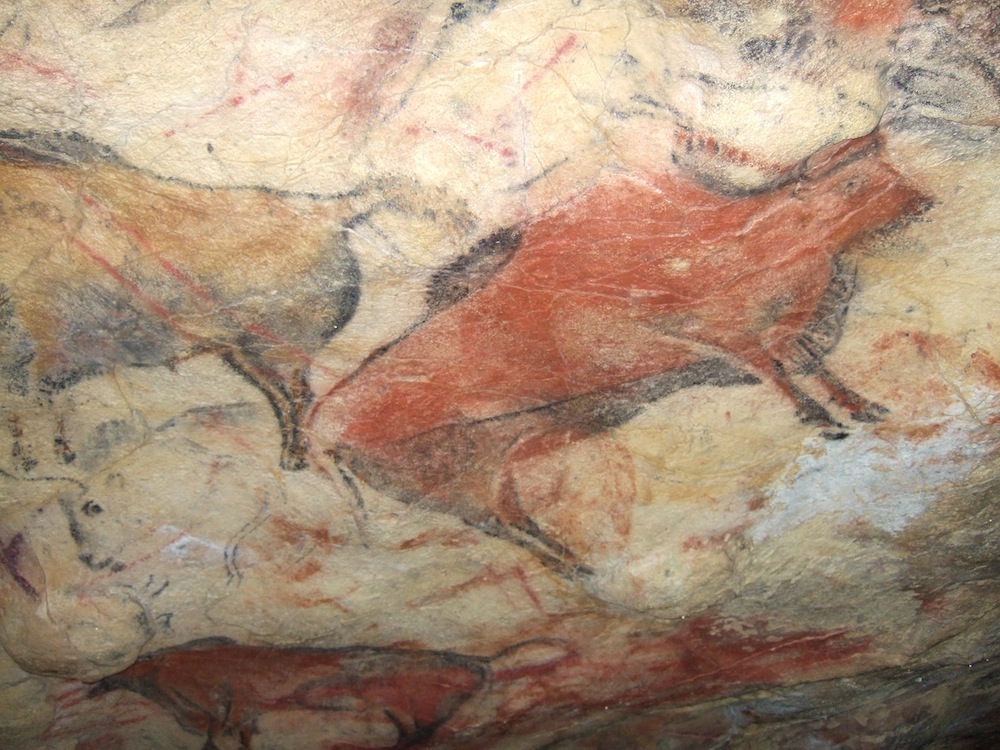
A painted bison on the ceiling of Altamira cave in Spain. The cave is closed to the public because human incursions have caused damage to the 14,000-year-old paintings.
Altamira Cave Deer
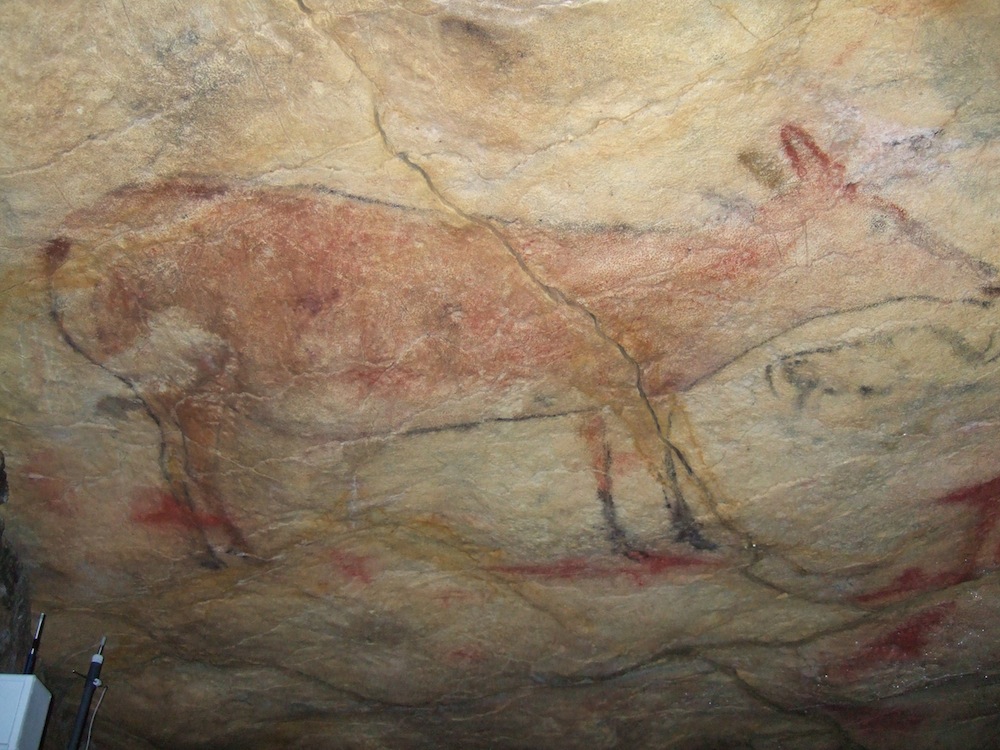
A deer painted in Altamira Cave's "Polychrome Hall," a passage full of red ochre Paleolithic paintings. To the lower left are sensors to measure temperature and humidity in the cave.
Polychrome Hall, Altamira
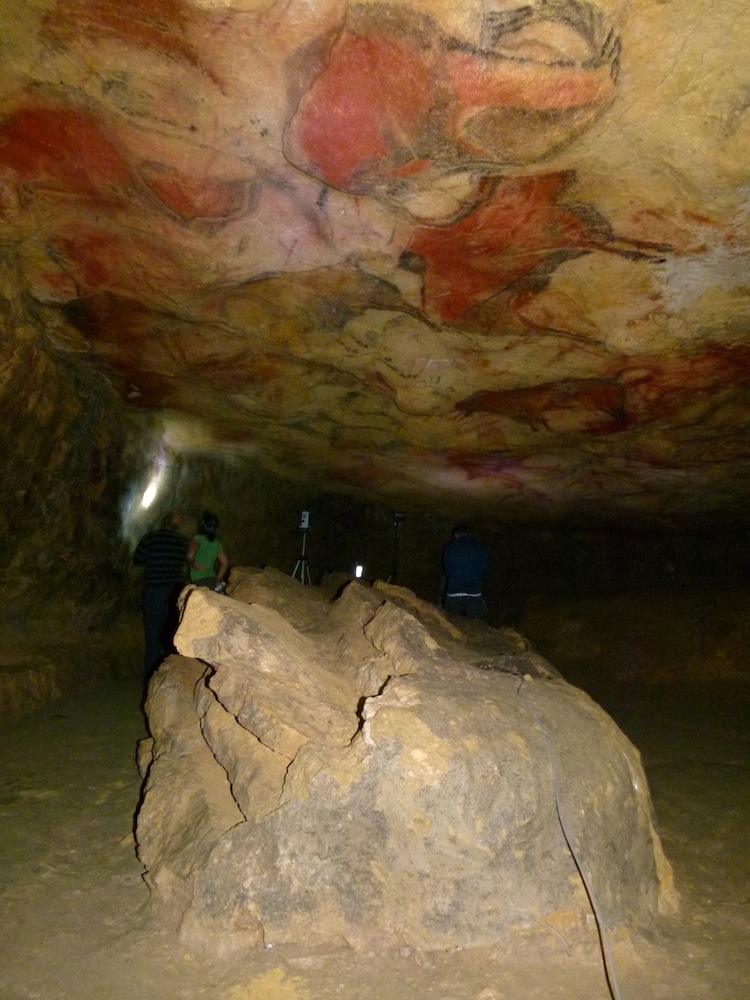
Rocky Polychrome Hall in Altamira Cave has been compared to a Paleolithic Sistine Chapel because of its decorated ceiling.
Leaving a Mark
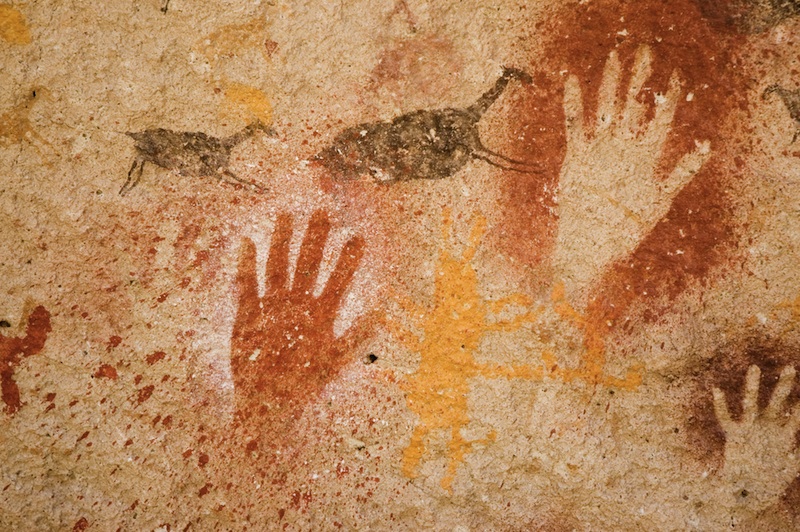
Paleolithic cave paintings in Argentina. In Cueva de las Manos (Cave of the Hands) in Patagonia, people decorated cave walls with handprints at least 9,000 years ago.
Blue Hole
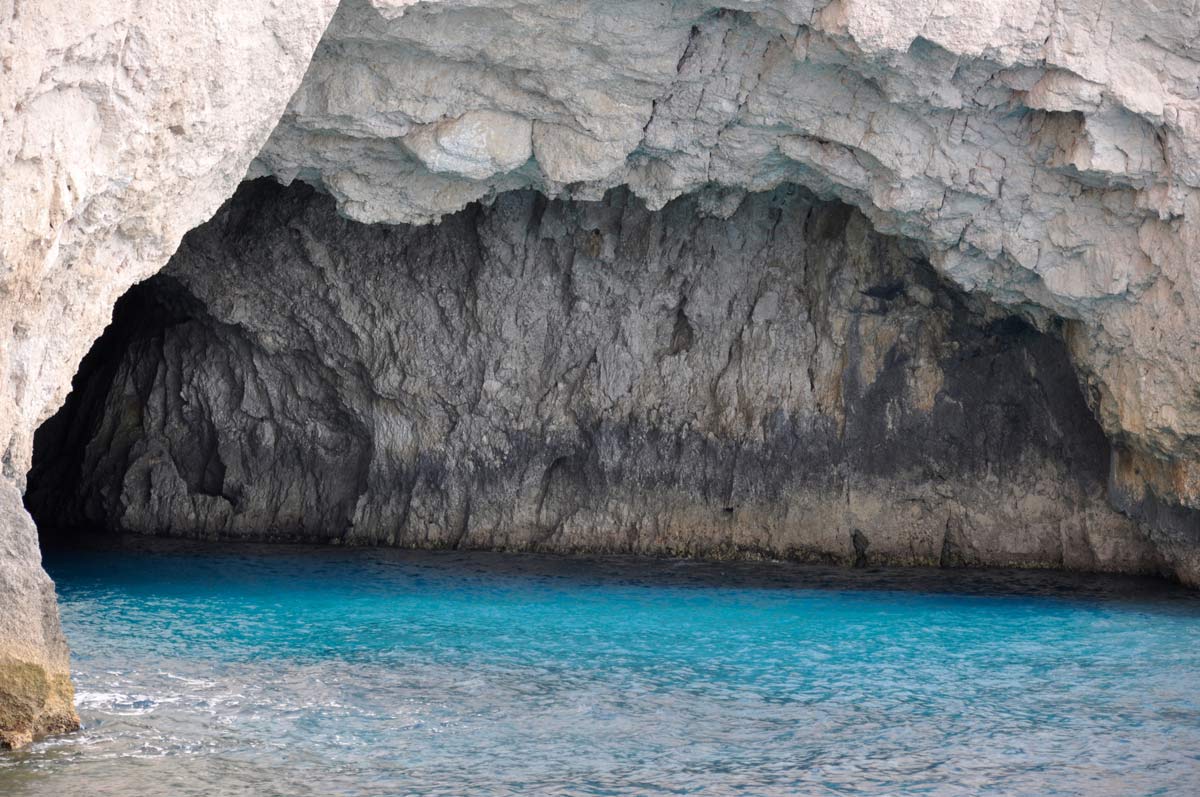
The "blue caves" along the Greek island of Zakynthos are accessible only by sea. Sunlight reflecting off the water gives these caves their blue hue, making them popular for boating and diving.
Frozen Rock
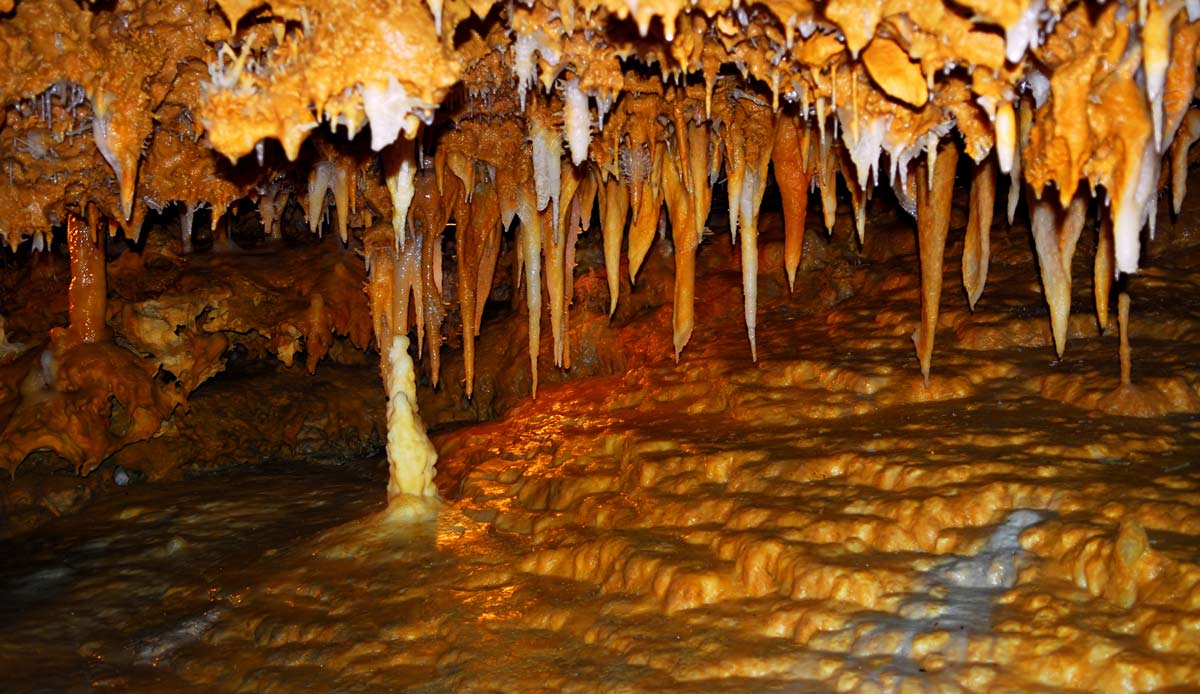
Stalactites drip from the ceiling in a cave in the Dordogne region of France. These rock formations form when mineral-laden water drips through the cave, leaving behind calcium carbonate or other minerals. Water that falls onto the ground below from the growing stalactite can form stalagmites. When these ground formations meet up with the ceiling formations, the result is a "column."
Sulphur Cave
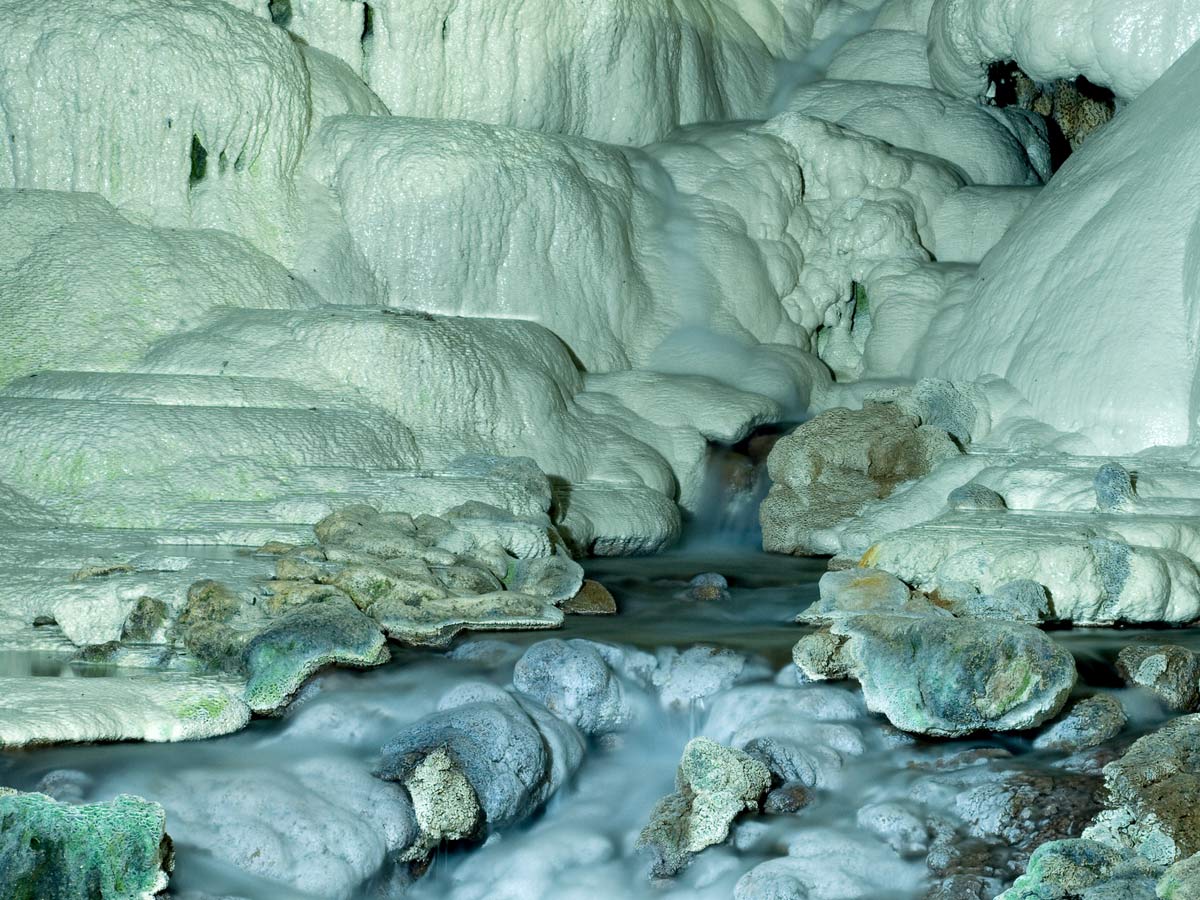
The Kaklik cave in Turkey is fed by sulphur-filled waters, which create these white formations not unlike those seen at Mammoth Springs in Yellowstone National Park. The water's sulphur content gives these caves a stinky rotten-egg smell.
Sign up for the Live Science daily newsletter now
Get the world’s most fascinating discoveries delivered straight to your inbox.
Hidden World
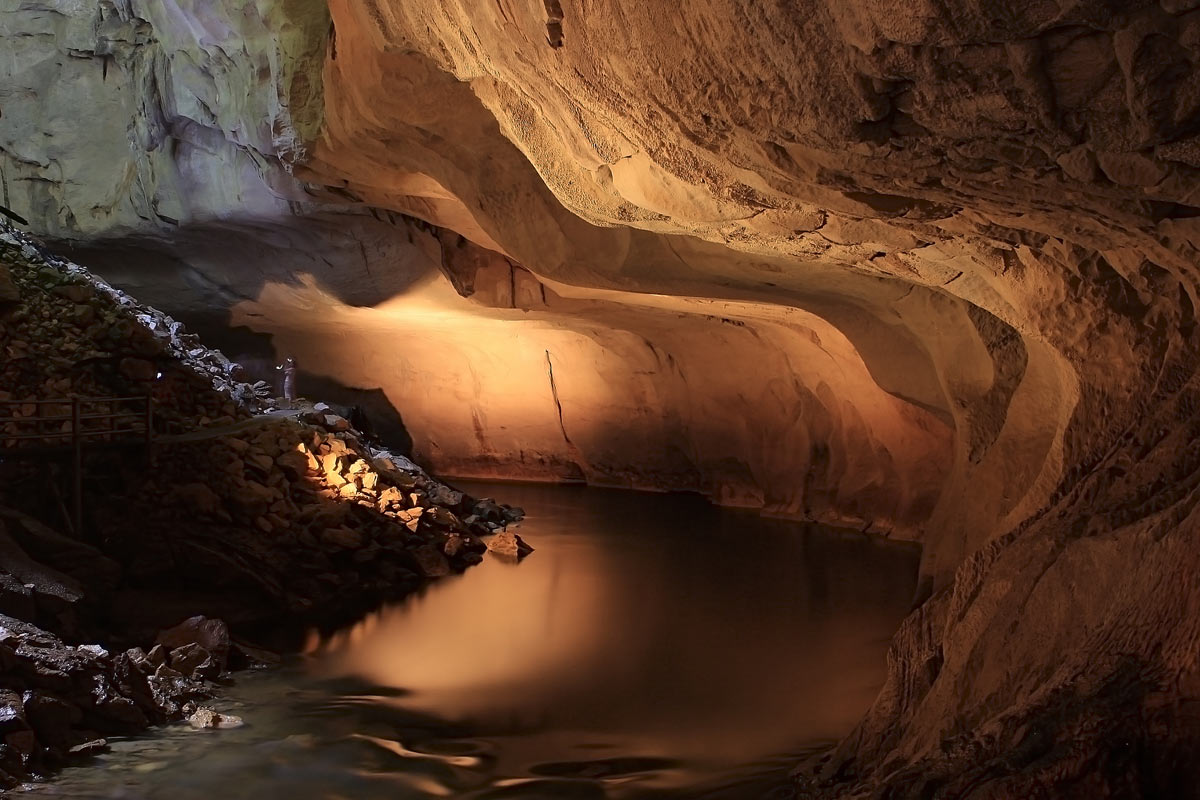
The Mulu Caves in Borneo are some of the most expansive on Earth. Carved out of limestone in Gunung Mulu National Park, the caves span at least 225 miles (362 kilometers) of underground passages.
Like a Flowing Stone
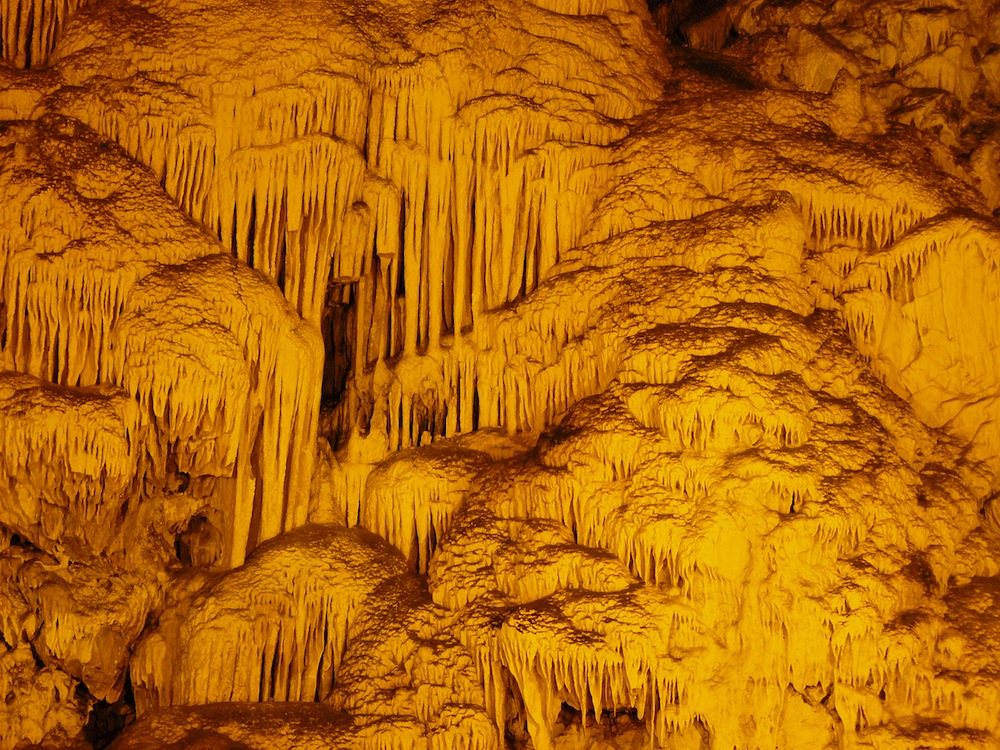
A cave wall on the island of Antiparos, Greece. Cave formations such as stalactites and stalagmites are known by geologists as "speleothems."
Showy Cavern
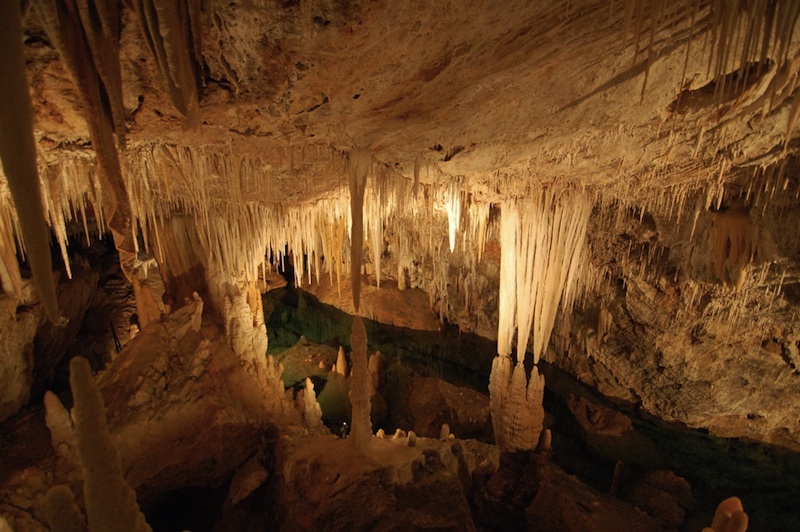
Borgio Verezzi cavern in Italy was discovered by three young boys in 1933. It's now open for the public to view the stalactite and stalagmite formations inside.
Underground Wonderland
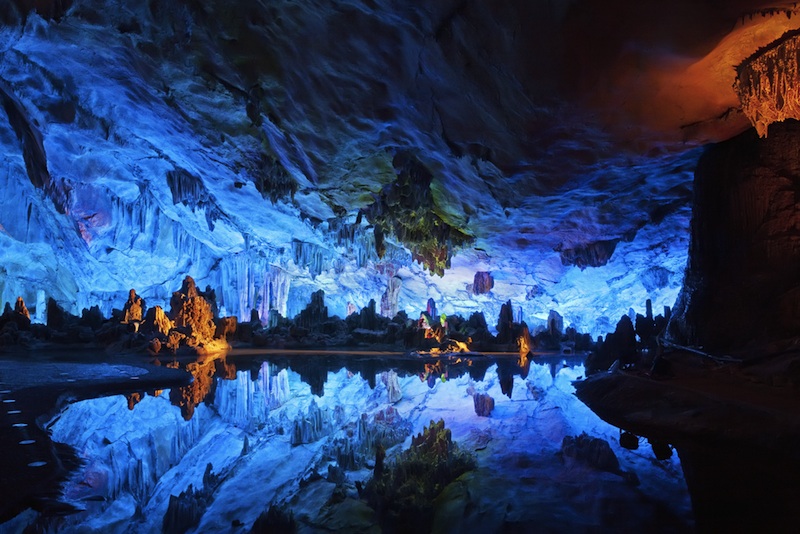
Even today, humans can't help but jazz up caves. The Reed Flute caves in the Guangxi Province of China are illuminated with colored lights to highlight their formations.

Stephanie Pappas is a contributing writer for Live Science, covering topics ranging from geoscience to archaeology to the human brain and behavior. She was previously a senior writer for Live Science but is now a freelancer based in Denver, Colorado, and regularly contributes to Scientific American and The Monitor, the monthly magazine of the American Psychological Association. Stephanie received a bachelor's degree in psychology from the University of South Carolina and a graduate certificate in science communication from the University of California, Santa Cruz.










